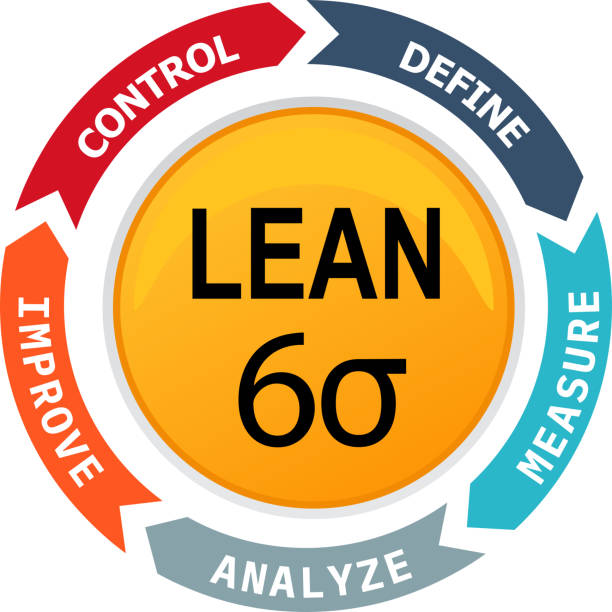
- Lean Thinking and different ways of learning can help maximize value and minimize waste in business procedures.
- Learning goes beyond training to include problem-solving and open inquiry.
- An effective way to advance learning is through training, problem-solving, and creating a continuous learning and improvement culture.
This article outlines how lean organizations, particularly managers and employees, can use different ways of learning depending on how much is known about problems. These stages include the known, known unknown, and unknown “unknown” stages.
The author discusses learning in the context of Lean Thinking, a management philosophy focused on maximizing value and minimizing waste in business processes. In other words, learning involves not just training but also problem-solving and open inquiry, depending on what aspect of learning is most appropriate.
Learning through training, for example, occurs in “known” areas where employees develop skills and knowledge through structured, passive methods like reading manuals and observing higher-ups. On the other hand, learning through problem-solving occurs in the “known unknown” areas where employees actively engage in scientific problem-solving to find and test solutions to real problems.
Both types of learning are important in a Lean organization. The most effective way to advance learning is through training, problem-solving, and creating a continuous learning and improvement culture.
Those who teach managers or employees about ‘lean learning’ emphasize avoiding their instincts or emotions and instead realize that many problems have solutions.


Leave a Reply
You must be logged in to post a comment.